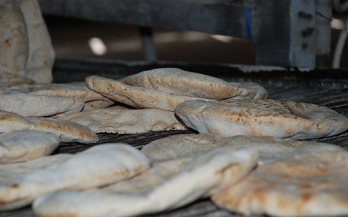Rapid test kits (RTK) have been included in household surveys to test the iodine content in salt. The aim of the current paper was to examine the performance of RKT under field conditions and to recommend their most appropriate use in household surveys.
The purpose of this study was to assess the performance of the iron spot test in Arabic bread made from white wheat flour. These results show that a field-friendly method for testing bread could have a useful role in the monitoring and evaluation process for flour fortification programs.
This article provides an overview of the BRINDA project and describes findings that will inform global guidelines on the assessment of anemia and micronutrient status and will guide the development of a research agenda for future longitudinal studies.
Multiple-micronutrient (MMN) fortification of beverages may be an effective option to deliver micronutrients to vulnerable populations. The aim of the present systematic review and meta-analysis is to evaluate the nutritional impacts of MMN fortified beverages in the context of low-middle income countries.
The BRINDA project is a multiagency and multicountry collaboration that was formed to improve micronutrient assessment and to better characterize anemia. Findings from this project can inform guidelines and strategies to prevent and control micronutrient deficiencies and anemia globally.
The objective of this Food and Nutrition Bulletin supplement is to focus attention on the need to integrate actions to improve maternal, infant, and young child nutrition.
This supplement brings together papers focusing on the critical 1000 days of human development from pregnancy until 2 years of age.
The objective of this study was to provide an overview of efficacy, effectiveness, economics of food fortification and biofortification, and status of and challenges faced by large-scale food fortification programs in low- and middle-income countries.
Lack of data and tools to understand and design for the optimal mix of interventions, across groups and over time, is a key limitation in managing this inherent tension. This series of articles proposes a way forward to address this gap.
The papers presented in this Supplement cover a wide range of topics pertinent to the implementation of large-scale food fortification programs and contribute to strengthening ongoing programs, as well as providing important lessons for new countries.










